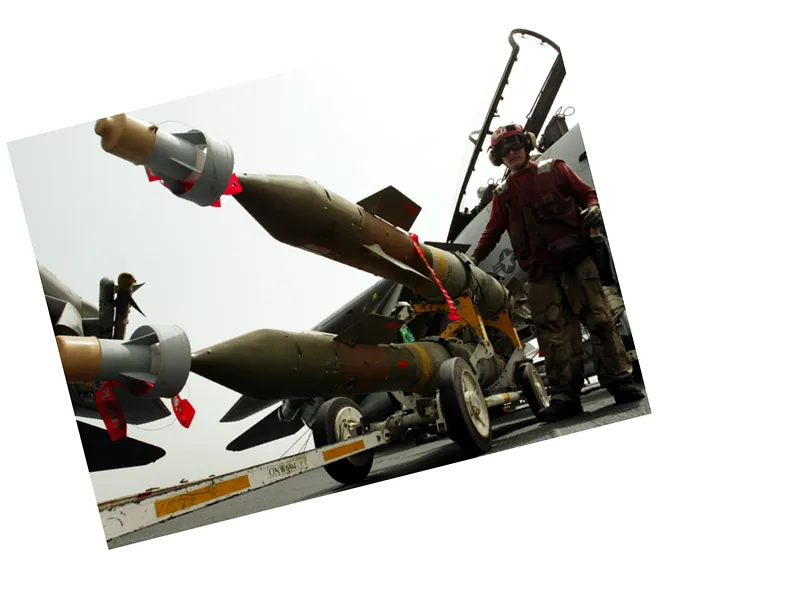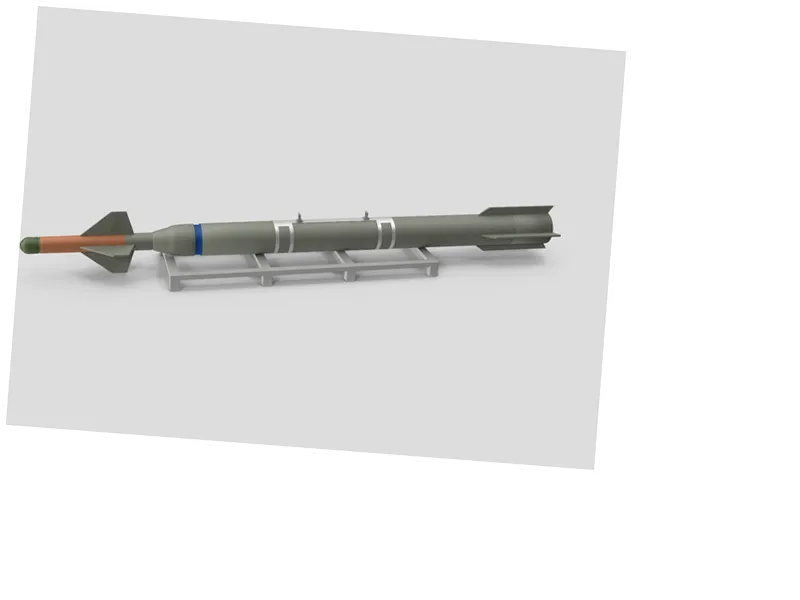Understanding Bunker Buster Bombs: Design and Functionality
Bunker buster bombs are specialized munitions engineered to penetrate fortified structures and underground bunkers effectively. One of the most notable examples is the GBU-28 bomb, capable of burrowing through over 30 meters of earth or 6 meters of concrete. These bombs utilize principles of physics to achieve their formidable penetration capabilities, relying on high kinetic energy derived from their mass and speed. Typically weighing over a ton, these bombs are designed to maximize kinetic energy, enabling them to penetrate deep into targets before detonation.
The construction of bunker buster bombs features a long, thin, and reinforced outer casing made from high-strength materials like steel, tungsten, or depleted uranium. This design concentrates kinetic energy into a smaller surface area, enhancing the bomb's ability to penetrate hard surfaces. The physics behind this is straightforward: pressure increases as surface area decreases, allowing the bomb to exert greater force upon impact. For instance, a pointed object like a nail penetrates wood more easily than a flat object of the same weight. This principle is why bunker buster bombs are specifically designed with a pointed shape, optimizing their impact against concrete and rock.
Aerodynamics and Guidance Systems in Bunker Buster Bombs
To ensure accuracy and stability during flight, bunker buster bombs are aerodynamically designed with a pointed nose and streamlined shape. This minimizes turbulence and helps maintain a straight trajectory toward the target. Large tail fins at the rear of the bomb function similarly to arrow feathers, stabilizing its flight and preventing unwanted spin. Additionally, modern bunker buster bombs are equipped with advanced guidance systems, including GPS and laser guidance, which correct any deviations during flight, ensuring a precise strike.
A crucial aspect of bunker buster bombs is their delayed-action fuse. Unlike conventional bombs that explode upon contact, these bombs detonate after penetrating the target, maximizing interior damage. This delayed detonation allows the explosive energy to concentrate within the bunker, creating a devastating shock wave and fragmentation effect that can cause catastrophic damage to both the structure and any personnel inside. The combination of high-explosive warheads and the unique design of bunker buster bombs makes them formidable tools in modern warfare.





